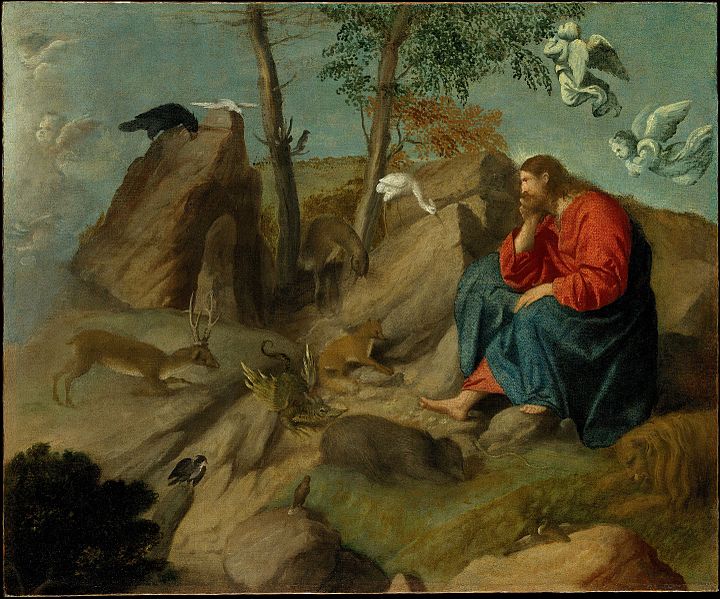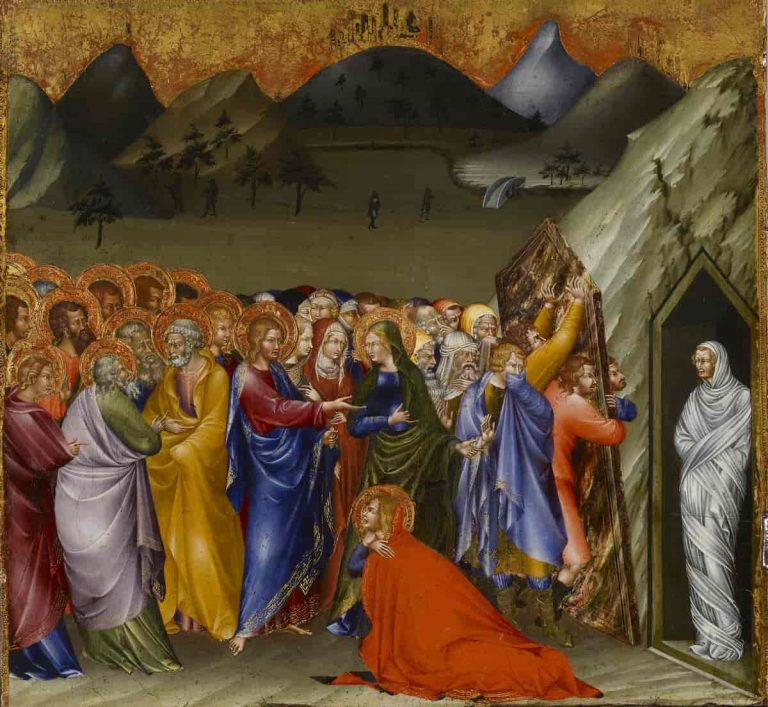What Did Jesus Eat? Exploring the Diet of the Historical Jesus
Jesus of Nazareth is one of the most famous figures in history, known for his teachings, miracles, and ultimately, his death and resurrection. Despite his influence on religion and culture, much of Jesus’ daily life and routines remain a mystery to modern scholars.
One area of particular interest is his diet – what did Jesus eat? Understanding the food culture of Jesus’ time and the significance of food in his teachings can shed light on his life and ministry.

The Historical Context of Jesus’ Diet
To understand Jesus’ diet, it is important to consider the historical and cultural context of his time. First-century Palestine was a diverse region with a complex food culture. The staple foods were grains, such as barley and wheat, and legumes, such as lentils and chickpeas. Fruits and vegetables were also important, including figs, olives, pomegranates, and cucumbers.
Food played a significant role in social and religious practices in Jesus’ time. Sharing a meal was a symbol of hospitality and fellowship, and the act of eating together carried great importance. Religious dietary laws also dictated what foods were considered clean or unclean, and what could and could not be eaten.
Jewish dietary laws and practices were particularly significant in Jesus’ time. The Torah, the Jewish holy book, outlines specific rules about food and eating. For example, Jews were forbidden from eating pork and shellfish, and certain animals, such as cows and sheep, had to be killed and prepared in a specific way to be considered kosher.
The Pharisees, a Jewish sect known for their strict adherence to the Torah, placed great importance on following these laws.
What Did Jesus Eat?
While there is no direct evidence of Jesus’ daily meals, we can gain some insights from the Bible and other historical texts. For example, the Last Supper, which Jesus shared with his disciples before his crucifixion, consisted of bread and wine. The bread was a staple food in Palestine at the time, and wine was commonly consumed during meals.
Fish was another common food in Jesus’ time, particularly in the region surrounding the Sea of Galilee. In several instances in the Bible, Jesus is described as eating fish or providing fish for others to eat. For example, in the story of the feeding of the 5,000, Jesus multiplies a few loaves of bread and a few fish to feed a large crowd.
Other foods that were likely consumed in Jesus’ time include lamb, goat, dates, honey, and cheese. These foods are mentioned in the Bible and were common in the region at the time.
It is worth noting that Jesus’ dietary choices may have been influenced by his religious beliefs. While the Bible does not explicitly state that Jesus followed Jewish dietary laws, it is possible that he did so out of respect for his Jewish heritage and traditions.
The Symbolism of Food in Jesus’ Ministry
Food played an important role in Jesus’ teachings and miracles, serving as a symbol of spiritual nourishment and abundance. One of the most well-known examples of food symbolism is the story of the loaves and fishes, where Jesus feeds a large crowd with just a few loaves of bread and fish.
This story is often interpreted as a symbol of Jesus’ ability to provide spiritual nourishment and abundance, even in the face of scarcity.
Bread and wine also hold great symbolism in the Christian tradition, particularly in the sacrament of Communion. In this sacrament, Christians partake of bread and wine in remembrance of Jesus’ death and resurrection, and as a symbol of their spiritual connection to Christ.
Additionally, Jesus used food as a metaphor in his teachings. For example, he referred to himself as the “bread of life” and instructed his followers to “eat his flesh and drink his blood,” a metaphor for accepting his teachings and becoming spiritually nourished.
This use of food as a metaphor highlights the importance of spiritual nourishment in Jesus’ teachings and the connection between physical and spiritual sustenance.
Conclusion
Even though we may never know exactly what Jesus ate every day, we can learn a lot about his life and ministry by learning about the food culture of his time and the role food played in his teachings.
Common foods in Jesus’ time included grains, legumes, fruits, vegetables, fish, lamb, and goat. Bread and wine hold significant symbolism in the Christian tradition, representing both physical and spiritual nourishment. Jesus’ use of food as a symbol and metaphor highlights the importance of spiritual nourishment in his teachings.
As Christians, we can think about what Jesus said about food and how it relates to his teachings. This can help us remember how important spiritual food is in our own lives.
We can honor Jesus’ legacy and try to be spiritually fed by sharing meals with others, taking Communion, or just paying attention to the foods we eat.

Sangtea Hmar is a passionate leader of the Youth Christian Fellowship at the Electric Vengthlang Presbyterian Church in Aizawl, Mizoram, India. He is the owner of Christiantone.com and is committed to spreading the word of God. He loves to mentor youth and help them grow in their faith.






